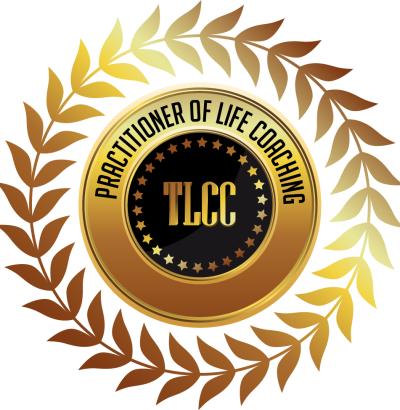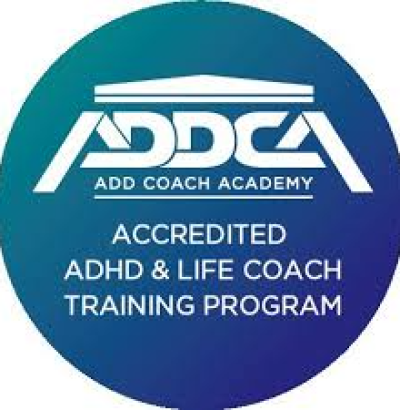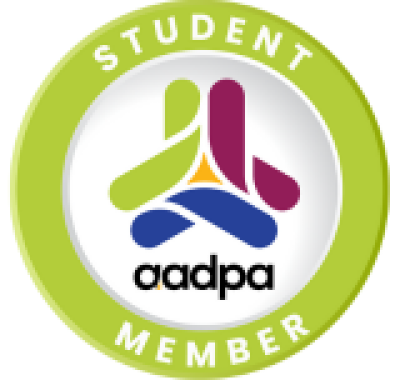Living with ADHD often means living in a state of mental whack-a-mole juggling multiple tabs in your brain, trying to remember where you left your keys, your to-do list, your train of thought. When everything feels equally urgent, it can be hard to know where to start. You might sit down with the best intentions, only to realise an hour later that you’ve bounced between five different tasks and completed none. It’s frustrating, defeating, and can chip away at your confidence.
This sense of internal chaos isn’t a character flaw. It’s part of how ADHD affects executive functioning. Prioritising, initiating tasks, and managing transitions between them can be difficult when your brain processes time and urgency differently. The urgency isn’t always based on logic it’s emotional, reactive, and often tied to whatever is yelling the loudest in your mind at the time.
For women with ADHD especially, the pressure to “keep it together” is immense. You’re often managing not just your own schedule but the logistics of your household, relationships, and professional life all while dealing with an inner critic that wonders why everything feels so hard. The result is mental overload, emotional fatigue, and a constant feeling of running behind.
So how do you stay on task when it all feels important? The answer starts with slowing down something that might sound counterintuitive when your brain is screaming at you to hurry up. But clarity doesn’t come from chaos. It comes from creating space to think, sort, and plan intentionally.
The first step is getting things out of your head. ADHD brains are often idea machines full of thoughts, reminders, and what-ifs. But our working memory doesn’t always retain all of that effectively. Writing things down (on paper, a whiteboard, or a digital tool) externalises the pressure and lets you look at your tasks with more objectivity. You’re not trying to remember everything at once anymore you’re giving your brain a break.
Once your tasks are out in front of you, ask yourself: what actually needs to happen today? Many people with ADHD fall into the trap of making unrealistic daily to-do lists. You assume that motivation will strike and you’ll power through, only to feel discouraged when it doesn’t. Instead, aim to choose three key priorities for your day. These should be the things that, if completed, would give you a sense of momentum or relief.
Another helpful tool is time-blocking but with flexibility. Instead of scheduling every minute, try allocating windows for different types of tasks: a “focus hour” in the morning, an “admin block” in the afternoon. Use timers, visual cues, or body doubling (working alongside someone) to help anchor your attention. And don’t forget to include breaks especially transitions between different types of tasks. ADHD brains need time to shift gears.
Dealing with distractions is also part of the process. You won’t eliminate them entirely, but you can learn to respond to them differently. When a new thought pops up, instead of jumping to act on it, jot it down in a “later” list. This trains your brain to acknowledge the thought without letting it hijack your focus.
Of course, staying on task isn’t just about strategy. It’s also about self-compassion. There will be days when things don’t go to plan. You might feel scattered, stuck, or frustrated with yourself. That’s okay. ADHD coaching often involves helping clients recognise that perfection isn’t the goal progress is. You’re building a toolbox, not trying to force your brain into a mould that doesn’t fit.
Learning to stay on task when everything feels urgent is about trusting that not everything is urgent. It’s about slowing the spin of your thoughts, getting intentional, and treating your brain with the support it deserves. You don’t need to do everything. You just need to do the next thing with clarity, structure, and kindness.







